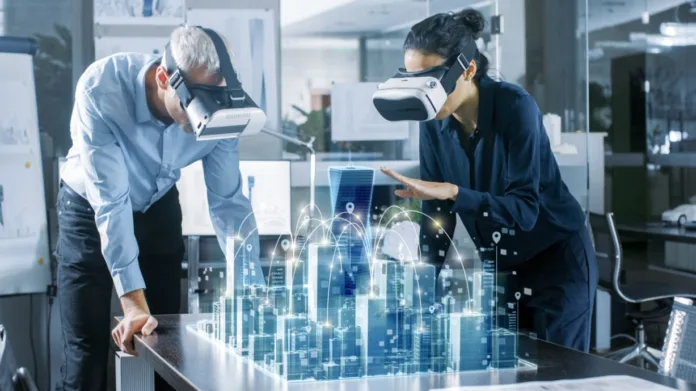
Digital twins technology is revolutionizing how we approach real-time simulation, product development, and system design. As industries grow more data-driven, digital twins are bridging the physical and virtual worlds like never before. From manufacturing to smart cities, this technology enables more efficient operations, predictive maintenance, and innovative design thinking.
What is Digital Twins Technology?
The term digital twins refers to a virtual replica of a physical object, system, or process that mirrors its real-world counterpart in real time. Powered by IoT sensors, artificial intelligence, and data analytics, digital twins provide actionable insights that improve operational efficiency and decision-making. They are used to simulate, monitor, and predict the performance of physical systems before actual implementation, saving both time and resources.
Evolution and Applications Across Industries
Originally developed for aerospace engineering, digital twins technology has expanded into various sectors including:
Manufacturing: Digital twins help simulate production lines, monitor equipment, and reduce downtime through predictive maintenance.
Healthcare: Patient-specific models assist in planning surgeries and personalizing treatment plans.
Automotive: Car manufacturers use digital twins to enhance vehicle design, test safety features, and streamline production.
Urban Planning: Smart cities are adopting digital twins for traffic optimization, infrastructure planning, and energy management.
Energy Sector: Power plants and wind farms utilize digital twins to monitor energy flow and prevent equipment failure.
Benefits of Digital Twins Technology
Real-Time Monitoring
Sensors collect and feed live data into digital models, allowing organizations to observe operations as they happen.Predictive Maintenance
Instead of reacting to failures, digital twins predict them before they occur, minimizing unplanned downtime and costly repairs.Enhanced Product Design
Digital simulations allow engineers to visualize and test design iterations quickly and accurately without the need for physical prototypes.Improved Decision-Making
Access to real-time insights and simulated scenarios enables faster, data-backed decisions across the board.Cost Reduction
By identifying inefficiencies early and avoiding equipment failure, companies can significantly reduce operational expenses.
How Digital Twins Enable Real-Time Simulation
Real-time simulation is a critical advantage of digital twins technology. It provides a live, dynamic model of the physical asset, enabling stakeholders to test various scenarios instantly. For example, a digital twin of a factory floor can simulate the impact of a new machine on production output, while a digital twin of a city’s electrical grid can predict outages during peak demand periods.
These simulations also contribute to safety, especially in complex environments like oil rigs or nuclear plants. Engineers can anticipate risks and test emergency responses virtually, reducing hazards in real life.
Challenges in Adopting Digital Twins
While digital twins offer massive benefits, several challenges hinder their widespread adoption:
High Initial Investment: Building and maintaining a digital twin involves a substantial financial and technical commitment.
Data Privacy and Security: Handling real-time data demands strong cybersecurity frameworks.
Integration Complexity: Aligning digital twins with legacy systems can be technically difficult.
Skill Gaps: Organizations often lack the specialized workforce required to develop and operate these systems effectively.
The Future of Digital Twins
The future of digital twins technology is closely tied to advancements in AI, machine learning, and 5G connectivity. As these technologies mature, digital twins will become more intelligent, autonomous, and scalable. They will not only simulate current conditions but also evolve using predictive and prescriptive analytics.
In the next decade, we can expect digital twins to play a crucial role in:
Sustainable development through resource-efficient designs.
Personalized medicine by creating patient-specific twins for better health outcomes.
Autonomous systems, including self-driving cars and smart manufacturing units that adapt in real time.
Conclusion
Digital twins technology is reshaping industries by merging the physical and digital worlds. It enables real-time simulation, predictive insights, and efficient design, making it a cornerstone of modern innovation. As organizations continue to embrace this transformative tech, digital twins will unlock unprecedented value across every sector.